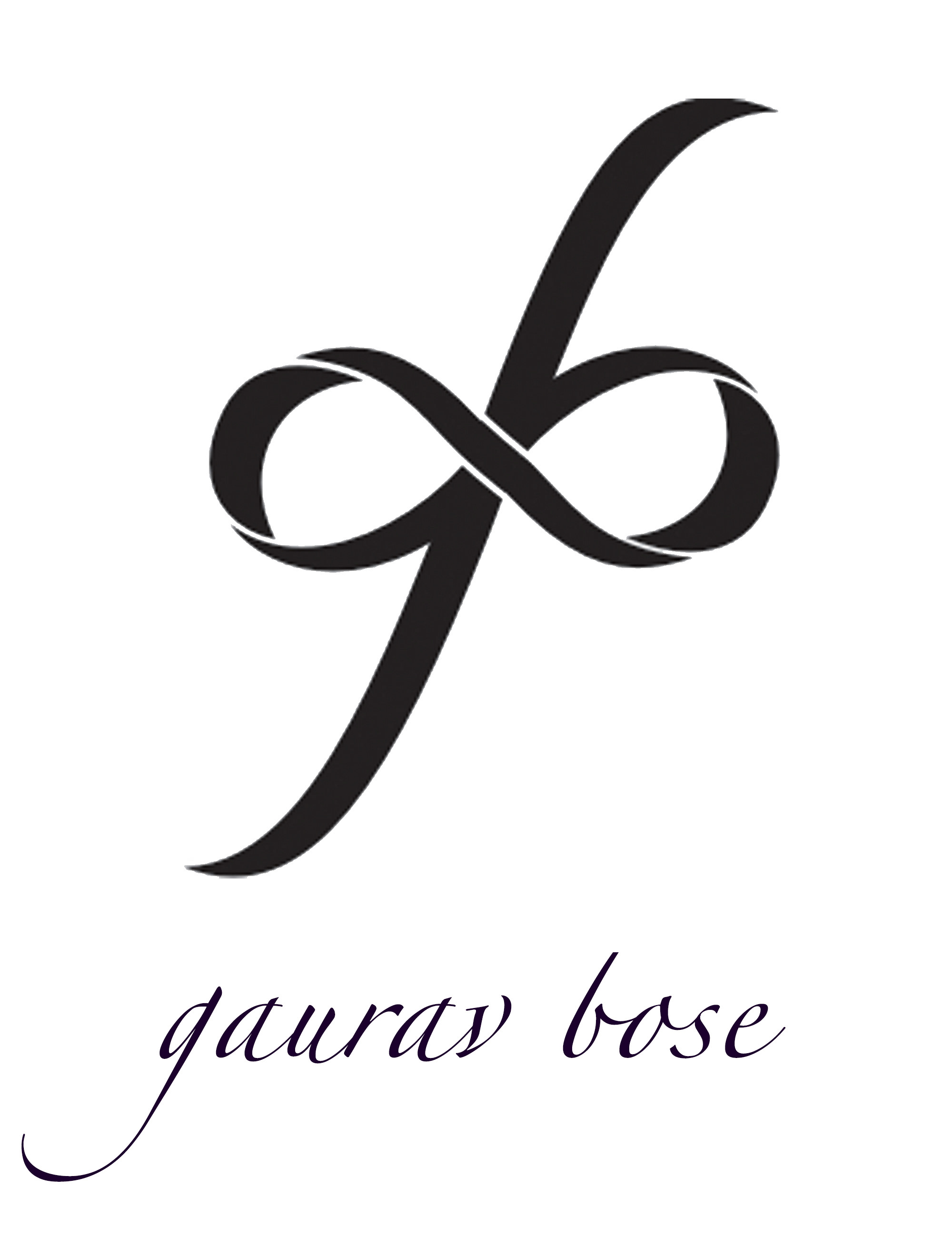




is a category of verse line developed from theVedic anuṣṭubh poetic meter. It is the basis for Indian epic verse,and may be considered the Indian verse form ,occurring as it does far more frequently than any other meter inclassical Sanskrit poetry.
The shloka is treated as a couplet. Each hemistich (half-verse)of 16 syllables, composed of two Pādas of eight syllables, can takeeither a ("normal") form or one ofseveral ("extended") forms.
SHLOKA 1
May we hear what is auspicious, May we see what is auspicious,
With the (sense) organs steady and body praying, may we attain fulfilment in our lives.
SHLOKA 2
That is Infinite, and this (universe) is infinite.
The infinite proceeds (manifests) from the infinite.
(Then) taking the infinitude of the infinite (universe), It remains as the infinite alone.
SHLOKA 3
Keep me not in Unreality, but make me go towards the Reality (Eternal Self),
Keep me not in (the ignorant state of) Darkness, but make me go towards the Light (of Spiritual Knowledge),
Keep me not in (the World of) Mortality, but make me go towards the World of Immortality (of Self-Realization).
SHLOKA 4
Together may we Move,
Together May we Relish,
Together may we perform the Vigour,
May what has been studied by us be fulfilled with the Brilliance (of understanding, leading to Knowledge);
May it Not give rise to Hostility (due to lack of Understanding).
SHLOKA 5
May All be Happy
May All be Free from Illness
May All see what is Auspicious
May no one Suffer

